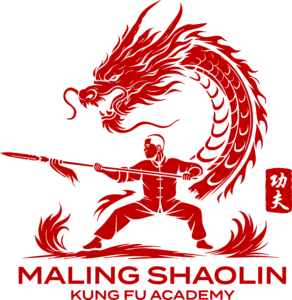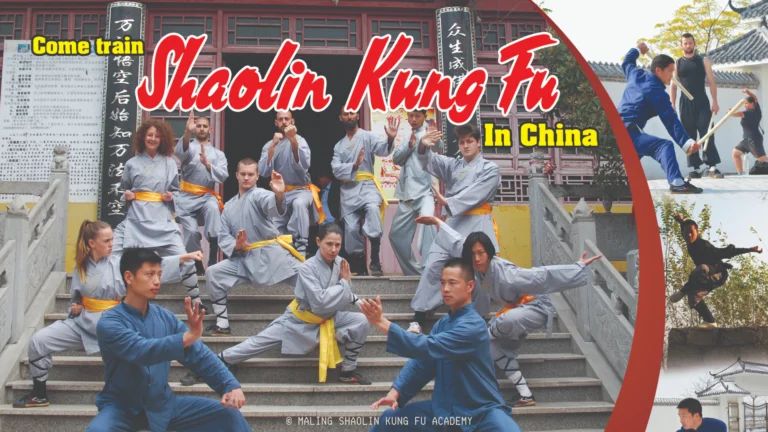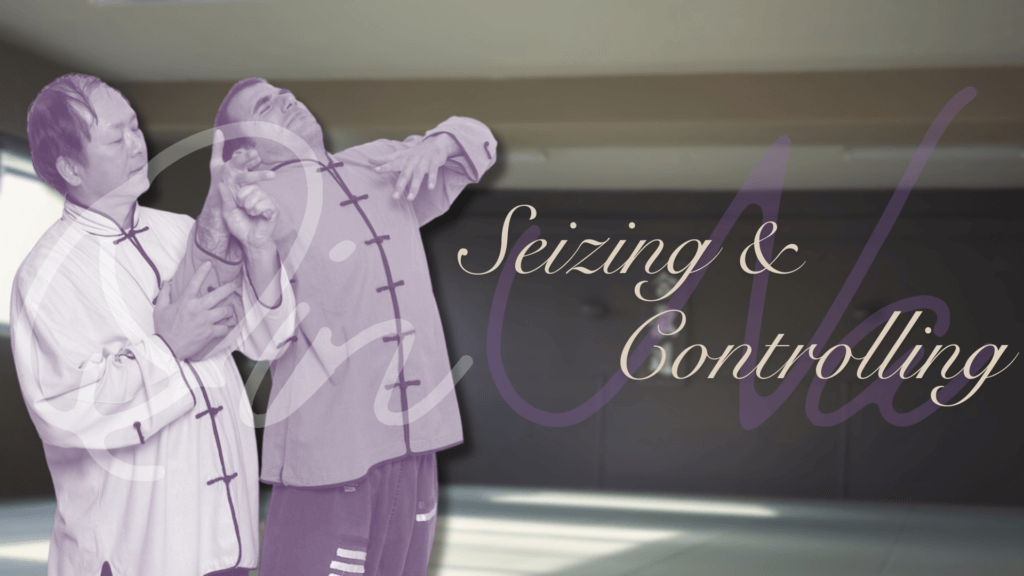
In the vast landscape of Chinese martial arts, there exists a lesser-known yet highly effective combat system known as Qin Na. Translated as “seizing and controlling,” Qin Na is an ancient Chinese martial art technique focused on grappling, joint locks, and pressure point manipulation. With roots dating back thousands of years, Qin Na has been practiced by warriors, monks, and martial artists as a means of subduing opponents with minimal force and maximum efficiency. In this article, we delve into the history, techniques, and principles of Qin Na, exploring its role in the various disciplines of Chinese martial arts.
Historical Origins
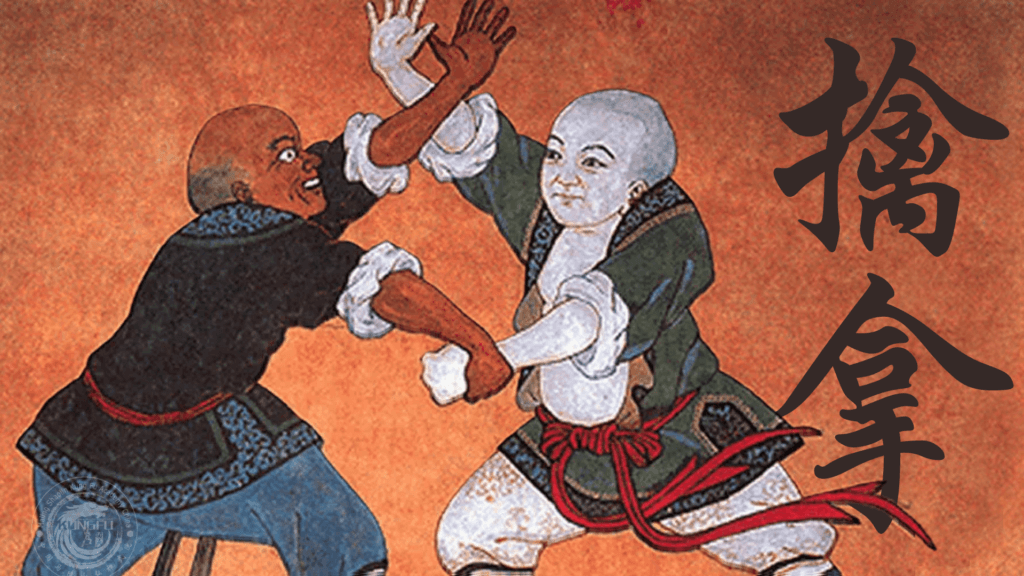
Qin Na traces its origins to ancient China, where it was developed as a comprehensive system of combat techniques for both armed and unarmed combat. The earliest recorded references to Qin Na can be found in ancient Chinese texts such as the “Yellow Emperor’s Internal Classic” and the “Classic of Boxing,” dating back to the Warring States period (475–221 BCE). Over the centuries, Qin Na evolved alongside other Chinese martial arts styles, incorporating influences from Daoist and Buddhist philosophies and adapting to changing combat scenarios.
Modern Application
Principles and Techniques
At its core, Qin Na is based on the principles of understanding anatomy, leverage, and timing to control an opponent’s movements and neutralize their attacks. Practitioners of Qin Na learn a variety of joint locks, grappling techniques, and pressure point strikes designed to immobilize or incapacitate an opponent with precision and efficiency. Common techniques include joint locks (chin na), cavity pressing (qin), tendon seizing (jin), and muscle splitting (duan). Qin Na practitioners also study body mechanics, footwork, and sensitivity drills to develop a keen sense of timing and reaction.
Application in Combat
In combat, Qin Na techniques can be seamlessly integrated with other martial arts styles, such as Shaolin Kung Fu, Tai Chi, and Wing Chun, to create a versatile and effective fighting system. Qin Na techniques are particularly well-suited for close-quarters combat, where practitioners can capitalize on an opponent’s vulnerabilities and weaknesses to gain the upper hand. Whether used defensively to neutralize an opponent’s attacks or offensively to control and subdue them, Qin Na offers practitioners a formidable array of tools for self-defense and combat.
Training and Practice
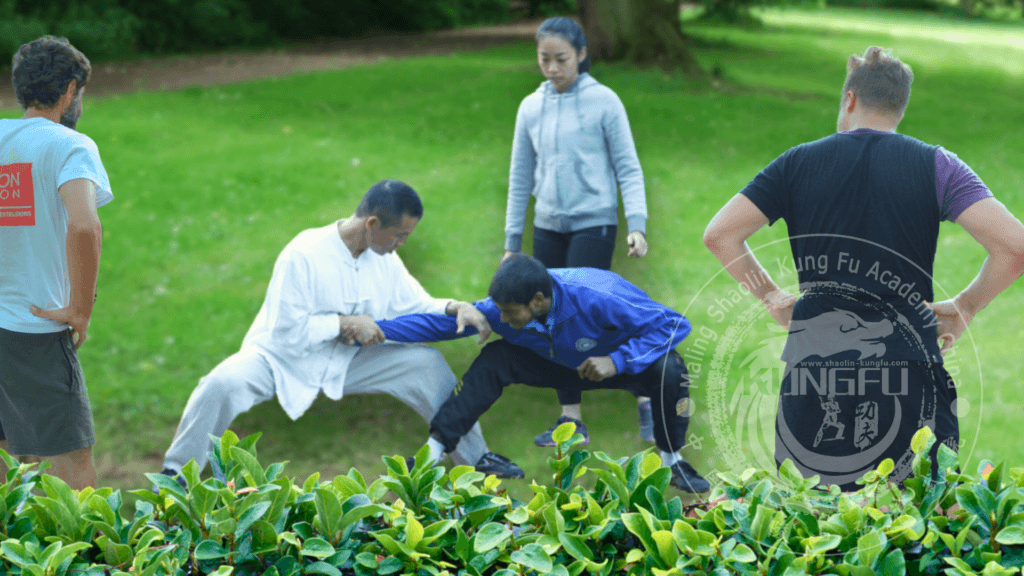
Training in Qin Na requires a dedicated focus on technique, sensitivity, and precision. Practitioners engage in partner drills, sparring, and scenario-based training to develop proficiency in applying Qin Na techniques under pressure. Emphasis is placed on understanding the principles of leverage, balance, and body mechanics to effectively manipulate an opponent’s joints and control their movements. Qin Na training also cultivates mental discipline, patience, and adaptability, as practitioners learn to assess and respond to dynamic combat situations.
Legacy and Modern Practice
Despite its ancient origins, Qin Na remains a relevant and practical martial art in the modern world. It is taught in martial arts schools and academies worldwide, where practitioners of all ages and backgrounds study its techniques for self-defense, personal development, and combat sports. Qin Na’s emphasis on efficiency, control, and sensitivity resonates with practitioners seeking a holistic approach to martial arts training, making it a valuable addition to any martial artist’s repertoire.
Conclusion
Qin Na, the art of seizing and controlling, stands as a testament to the ingenuity and practicality of Chinese martial arts. With its ancient roots, sophisticated techniques, and timeless principles, Qin Na continues to captivate martial artists and enthusiasts around the world. As a living tradition passed down through generations, Qin Na embodies the spirit of Chinese martial arts – a blend of tradition, innovation, and practicality – that continues to inspire and empower practitioners on their martial arts journey.
